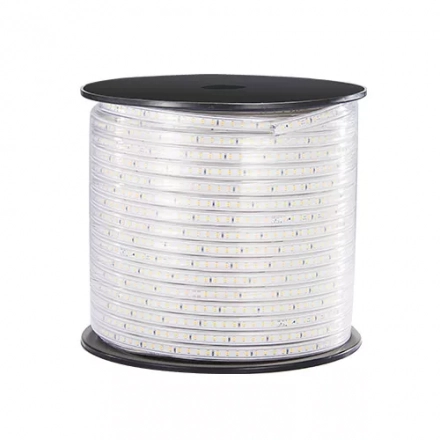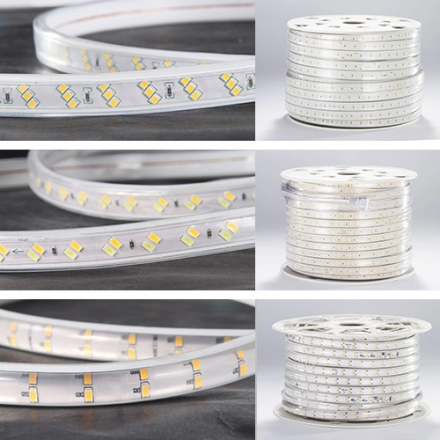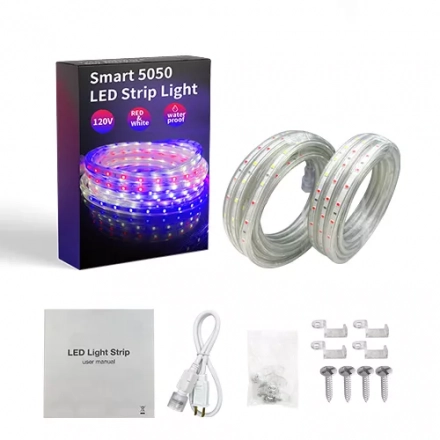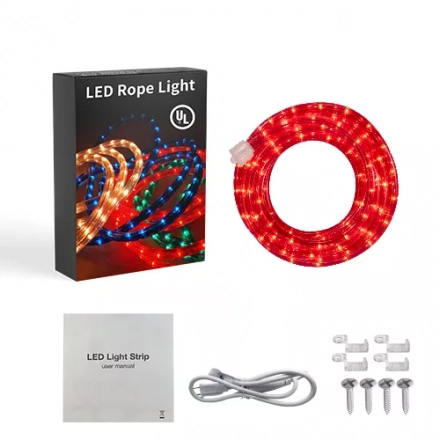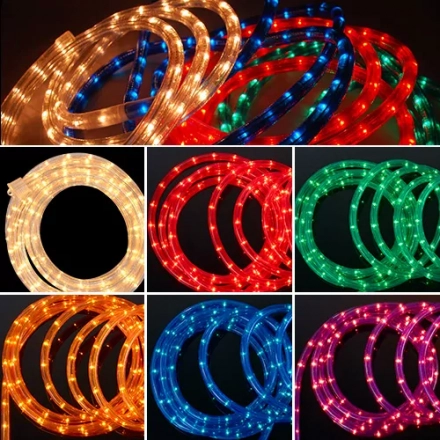Analyzing the Potential of LED Strip Light for Data Centers: Illumination for Working or Identifying Cables and Connections
Data centers are critical facilities that house a vast amount of electronic equipment and infrastructure, such as servers, storage systems, and networking devices. Efficient operation and maintenance of these centers require effective lighting solutions to facilitate tasks such as cable management, equipment installation, and troubleshooting. LED strip lights, with their versatility and energy-saving properties, have emerged as a promising option for illuminating data center environments. In this article, we delve into the potential applications of LED strip lights in data centers and their advantages over traditional lighting solutions.
Energy Efficiency and Cost Savings:
LED strip lights are renowned for their energy efficiency, consuming significantly less power compared to traditional fluorescent or incandescent lights. In data centers, where lighting is required around the clock, this energy-saving feature translates into substantial cost savings. LED strip lights also have a longer lifespan, reducing maintenance and replacement expenses over time. By adopting LED lighting solutions, data centers can effectively reduce their energy consumption and operational costs, contributing to a more sustainable and economical approach.
Enhanced Visibility and Safety:
In data centers, visibility is crucial for technicians working on intricate tasks involving cables, connections, and equipment. LED strip lights offer bright, uniform illumination that enhances visibility and reduces the risk of errors or accidents. The evenly distributed light from the strip lights minimizes shadows and provides a clear view of the workspace, enabling efficient cable management and equipment identification. Moreover, LEDs do not emit excessive heat, reducing the risk of overheating sensitive equipment and improving overall safety within the data center.
Flexibility and Scalability:
LED strip lights come in various lengths and can be easily cut or extended to fit specific requirements. This flexibility allows data centers to customize lighting solutions according to their layout and needs. Additionally, LED strips can be installed in tight spaces, such as server racks or cable trays, providing localized illumination where it is most needed. The modular nature of LED strip lights makes them highly scalable, allowing data centers to expand their lighting systems as their infrastructure grows, without the need for extensive rewiring or significant modifications.
Considerations and Challenges:
While LED strip lights offer numerous benefits, certain considerations and challenges should be addressed when implementing them in data centers. Proper heat dissipation is crucial to maintain the longevity of LEDs, as excessive heat can impact their performance. Adequate thermal management strategies, such as proper ventilation and heat sinks, should be implemented to ensure optimal operation. Additionally, data centers need to carefully evaluate the compatibility of LED strip lights with their existing power and control systems, ensuring seamless integration and effective control over the lighting infrastructure.
Conclusion:
LED strip lights present a promising lighting solution for data centers, offering energy efficiency, cost savings, enhanced visibility, and flexibility. By adopting LED technology, data centers can improve operational efficiency, reduce energy consumption, and enhance the overall safety of their facilities. However, careful planning and consideration of the specific requirements and challenges are necessary for successful implementation. As data centers continue to evolve, LED strip lights can play a vital role in creating well-illuminated and productive working environments.

